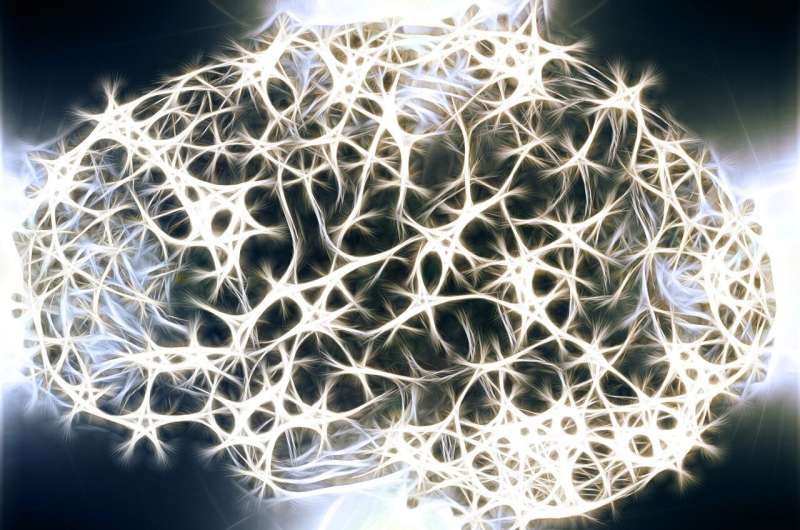Neural tissue engineering’s overall goal is to create something that closely resembles the structure and function of the human brain, enabling more reproducible neurological disease studies and drug testing.
“One of the drawbacks of most brain tissue platforms is that they utilize biological coatings to help living cells thrive. These animal-derived coatings are poorly defined, which makes it difficult to recreate their exact composition for reliable testing,” said Iman Noshadi, a UCR associate professor of bioengineering who led the team.
In addition, using animal brains to conduct research relevant to human conditions—as is currently the norm—is not ideal. There are significant genetic and physiological differences between rodent and human brains.

